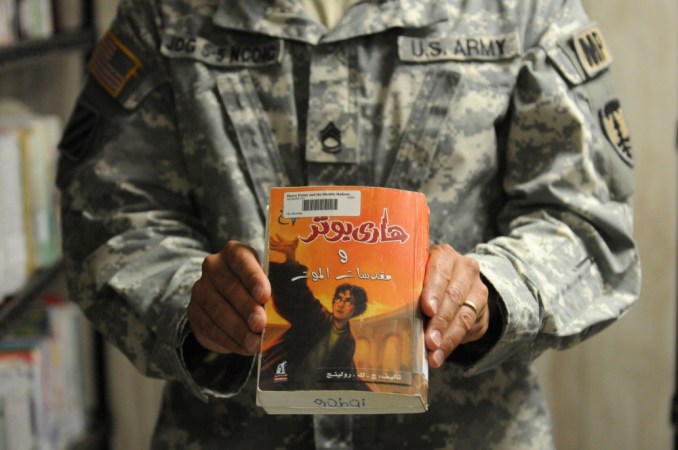After masterminding the attacks at Pearl Harbor, Japanese Adm. Isoroku Yamamoto knew that his country’s dominance of the Pacific Ocean would not last against the U.S.’s industrial might.
He began forming plans for a weapon that could terrify the U.S., especially eastern cities like New York and Washington D.C. He thought a campaign of vicious attacks on the east and west coasts would convince the U.S. to quickly sue for peace.

At the time, some submarines carried a reconnaissance plane. Yamamoto asked his engineers if they could devise a submarine that would instead carry three bombers each and have range to carry the bombers around South America to the east coast of the U.S.
What the engineers returned with would be I-400 class submarines. At 400 feet long and displacing 6.560 tons, they were the largest subs of the war. Each massive ship could sail for 37,500 miles without refueling and had a 115-foot long watertight hangar for the aircraft and an 85-foot catapult to launch them.
The planes landed on the water and were recovered using a crane on the deck. The M6A1 Seiran torpedo-bombers were designed for the I-400. They had wings that rotated and folded along the fuselage and even the tail folded down to fit in its tiny hangar.

In addition to their aircraft, the subs carried a 140mm cannon, 4 anti-aircraft guns, and had 8 torpedo tubes.
To help the subs avoid U.S. Navy sonar, the subs were coated in a rubber and asphalt blend that absorbed sound waves.
Progress on the subs were slow and the initial order for 18 of them was eventually cut to just five due to materiel shortages. Yamamoto would be shot down and killed by U.S. Army Air Corps pilots before the first sub was launched.

By the time the first sub took to the water at the end of December 1944, Japan was in rapid retreat across the Pacific. The original I-400 mission to attack the U.S. mainland had been scrapped long before.
The idea of using the planes to deliver biological weapons was considered, and then a Kamikaze attack on the Panama Canal was planned and canceled.
Finally, the I-400 and I-401 were sent to destroy the U.S. carrier fleet at Ulithi Atoll before they could invade the Japanese mainland. The subs were to send their six bombers on Kamikaze attacks against the 15 carriers there.

To maximize the chance that the planes would reach their targets, the Japanese admiralty ordered the planes be painted silver with U.S. markings. Though the pilots protested, the illegally camouflaged planes were placed in the subs and sent to sea.
Luckily, Japan surrendered while the subs were staging for the attack. Both subs were captured by the U.S. Navy. American officers studied the ships but then sank them before Soviet officers could ask to see them. There was concern that the Soviet Union would develop its own version if it saw the I-400.
The subs were then lost for decades, but the I-401 was found in 2005 and the I-400’s final resting place was found in 2013.










